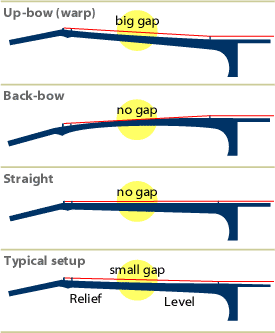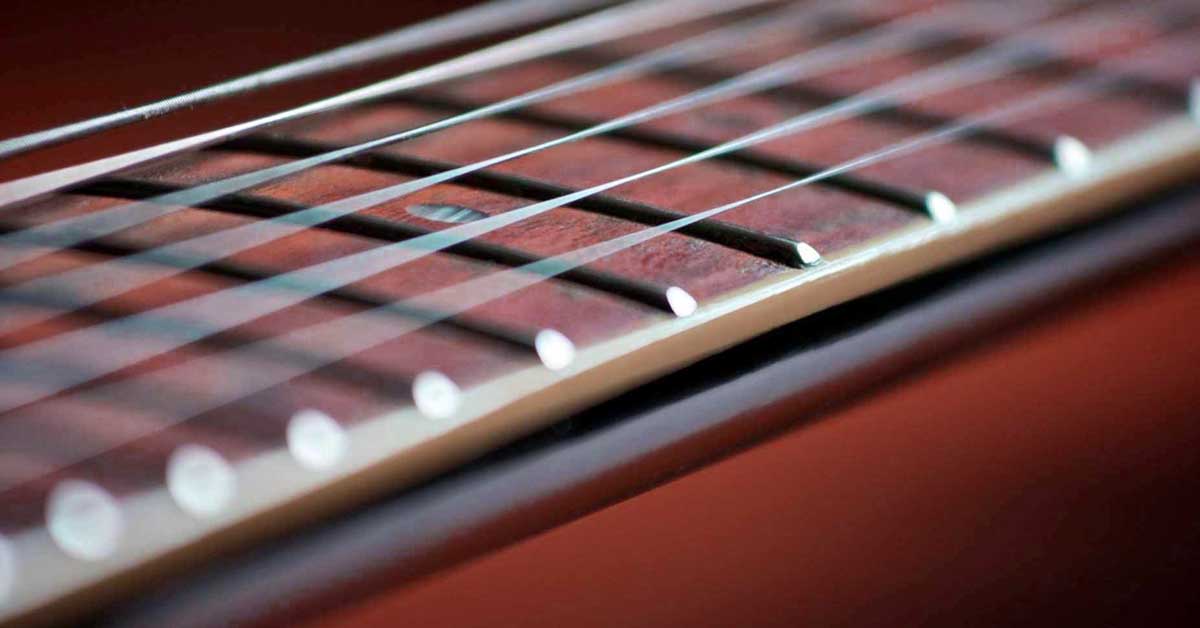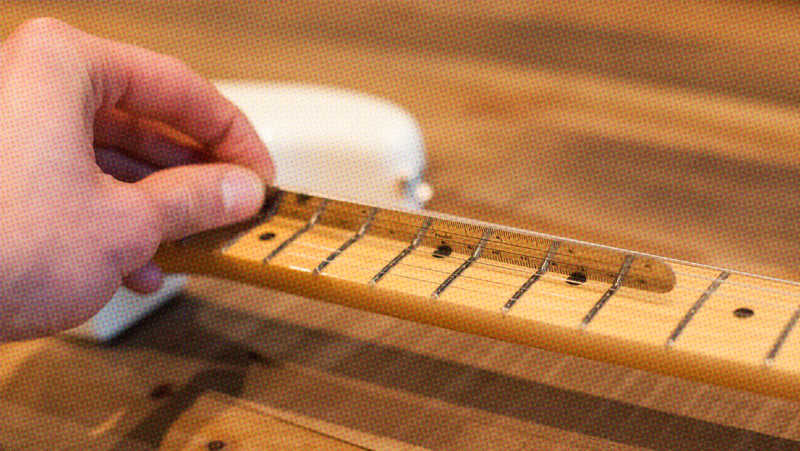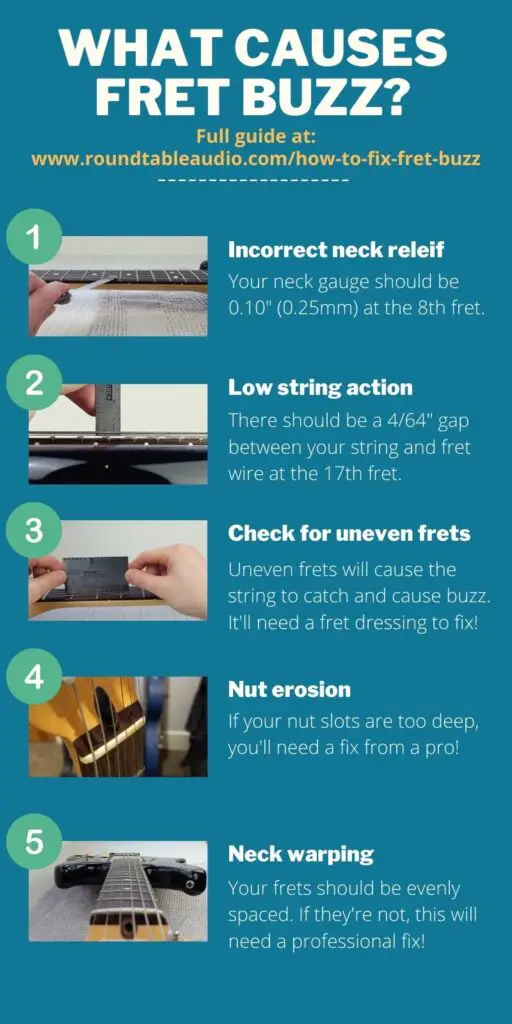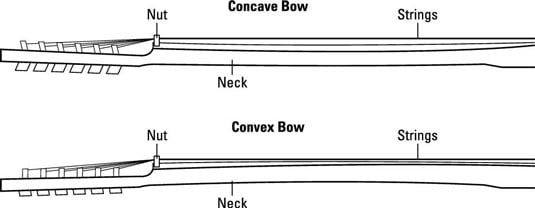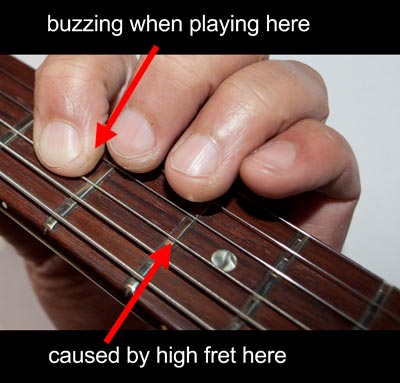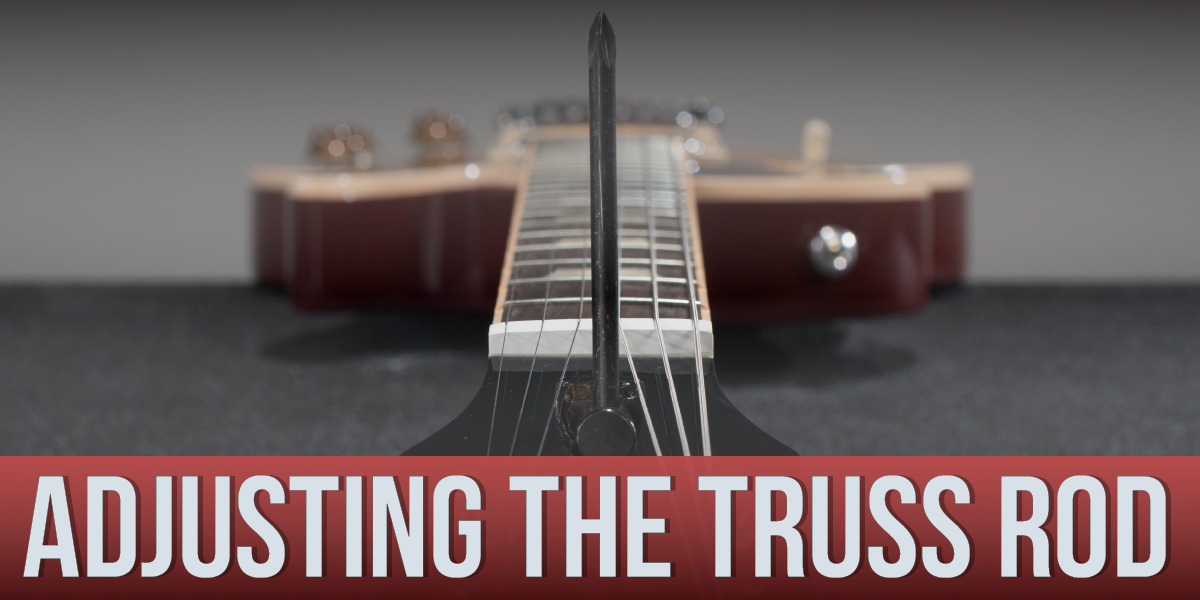Ideal Info About How To Check For Fret Buzz

To find uneven frets, lay the thin edge of a credit card across three frets.
How to check for fret buzz. When only one string has fret buzz on a single fret, the most likely cause is a flat spot on the crown of the previous fret. You’ll want to first locate the area where the buzzing, and then check the heights of each fret in the area compared to the frets immediately before and after. The nut can develop deep grooves through regular play, causing the strings to sit lower and buzz against the frets.
The effect is that you can get a neck hump and high fret in this area that can cause buzzing at the 12th fret. In this video dan shows you how to find and fix fret buzz on a single high fret quickly and easily without even taking th. If the card “rocks” over a fret, the middle fret is too high and could be causing fret buzz.
Soft versus heavy playing will affect the amount of fret buzz you have. Your fingers should be just behind the fret. A gap of 0.012″ (0.3mm) would be about the minimum.
If you push closer to, or even on the fret, you probably won’t hear any fret buzz, but, if you push down too high above the fret, the string will almost certainly buzz against the fret. This time jim’s addressing a common proble. Listen to how the heavier picking causes fret buzz.
Alternately, if you get fret buzz only on the low or high e strings and don’t have any worn frets, you may find the end of a fret is sitting slightly high. You can check to see if they are level with a straightedge. Uneven frets will prevent the strings from vibrating correctly and impede the instrument’s sound.
High frets from either bad factory sta. If a neck has no dip at all, but rather a hump, then we say that neck has back bow. It also shows you which direction you should turn your tru.


